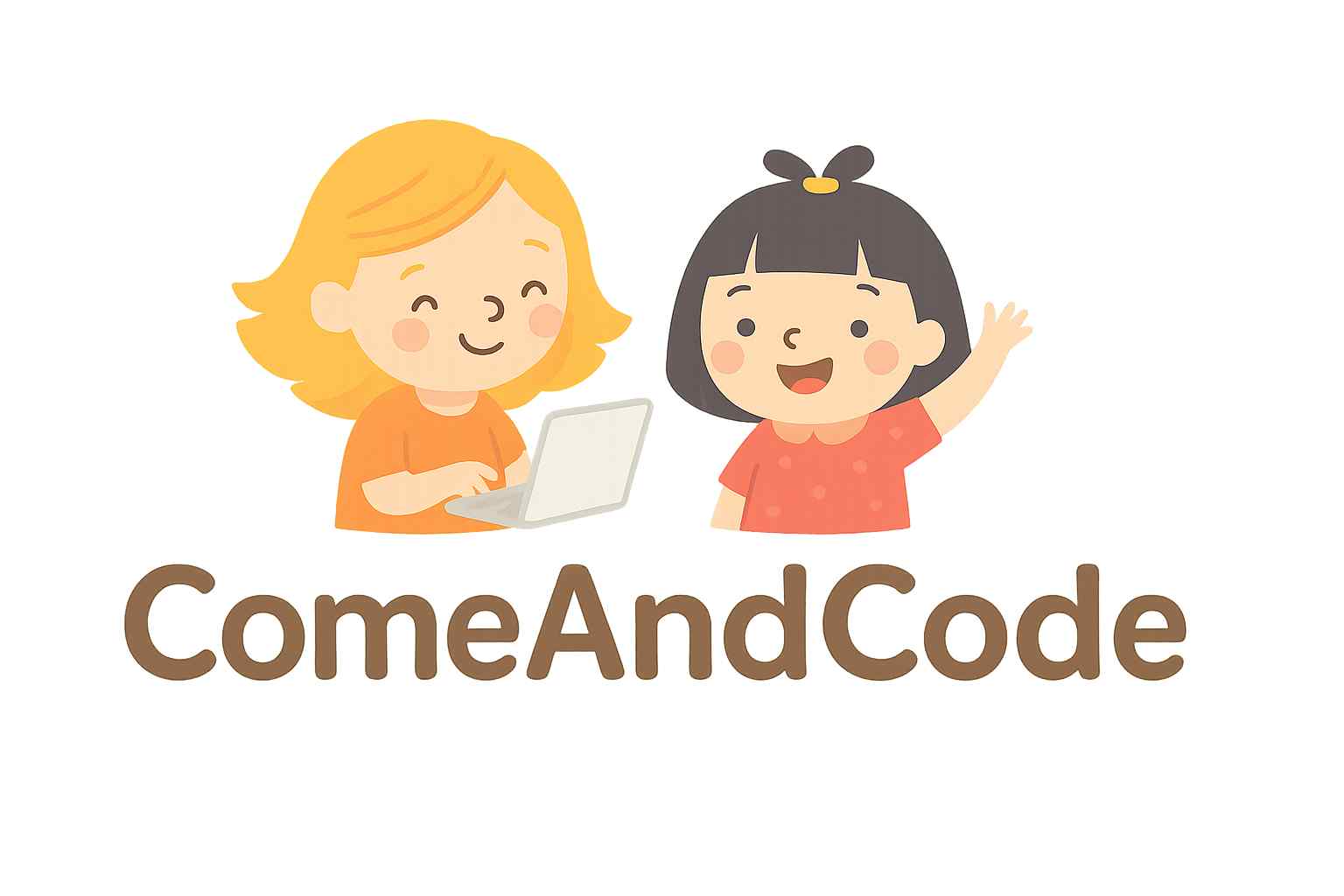Introduction
- Selecting the Best Coding Classes for Your Child Importance of coding for kids
- Overview of the benefits: creativity, problem-solving, and future opportunities
- How the right coding class can empower young learners
1. Understand Your Child’s Interests and Goals

- Discuss how different types of coding activities (like game development, app creation, robotics, and website design) can cater to various interests.
- Importance of matching the course content to the child’s age and curiosity.
2. Explore Different Types of Coding Classes
- In-Person vs. Online Classes: Pros and cons, including flexibility, interaction level, and accessibility.
- Group Classes vs. One-on-One Tutoring: Which setting is best for social learning, engagement, and focus?
- Self-Paced vs. Instructor-Led: Benefits of structured learning versus flexible timelines.
3. Evaluate the Curriculum and Teaching Style
- Importance of an age-appropriate, beginner-friendly curriculum.
- Look for classes that focus on building a strong foundation (e.g., logic and algorithm basics) before advancing.
- Discuss the importance of hands-on projects, coding challenges, and real-world applications.
4. Consider the Technology and Programming Languages Used
- Overview of common beginner-friendly languages: Scratch, Python, JavaScript, etc.
- Why a language like Scratch is often ideal for young beginners, while Python is suitable for older kids.
5. Check the Instructor’s Credentials and Experience
- Why having a knowledgeable and engaging instructor is crucial for kids’ learning.
- Points on checking for certifications, teaching experience, and, ideally, experience working with children.
6. Evaluate the Learning Environment and Engagement
- Importance of a safe and engaging learning environment.
- How interactive activities, teamwork, and peer-to-peer learning can make classes more enjoyable.
7. Look at Class Reviews and Success Stories
- Tips on finding reviews from other parents and students.
- How testimonials and case studies can offer insights into the class’s effectiveness.
8. Assess the Cost and Value of the Program

- Different pricing models: monthly subscriptions, one-time payments, and course bundles.
- Tips on balancing budget considerations with quality and long-term value.
9. Support and Resources for Continued Learning
- Look for classes offering additional resources like projects, coding platforms, and ongoing support.
- Tips on keeping kids motivated to practice outside class sessions.
Conclusion
- Recap the importance of choosing the right class based on your child’s unique needs and interests.
- Encourage parents to take the time to research and try out a class if possible, as the right choice can spark a lasting passion for coding.
